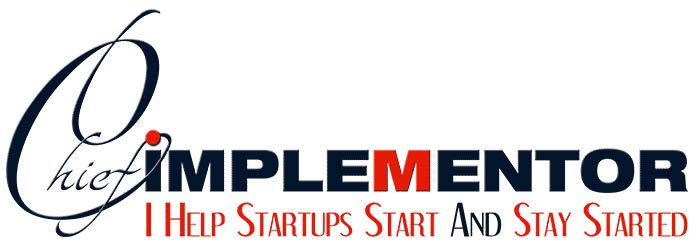Human Resource Mnaagement Case Study
The field of Human Resource Management has embarked upon a process of significant change. This article presents an effort that changed the HR educational model from a functional silos focused model to an integrated outcome-based model. The logic for the change, what changes were made, and comments about the outcomes are presented. The competitive landscape is changing, and new models of competitiveness are needed to deal with the challenges ahead. These responses reveal a new competitive reality demanding organizational capabilities that will enable firms to better serve their customers and to differentiate themselves from their competitors. The Society for Human Resource Management (SHRM) presents a knowledge model as a recommendation for every HR professional. The SHRM model recommends that every HR professional should have: (a) knowledge of his/her business; (b) an understanding of HR technology; (c) ethical behavior and the demonstration of personal credibility; and (d) knowledge of traditional HR needs and delivery. The linkage between these components and the strategic contribution of HR also needs to be understood.
Ideally, this article will start discussion and perhaps fan the flames of change. The curriculum changes presented were developed with input from a variety of stakeholders. The list of stakeholders includes HR professionals, current students, and students who graduated and started working in HR or management positions within the last several years. In addition, the authors relied upon: (1) one author’s work experience as an Organizational Development specialist with a global retailer; (2) routine contacts with HR and management professionals in the business communities; (3) service with the local Society for Human Resource Management (SHRM) Board of Directors; and (4) service with a global provider of Human Resource Information Systems, (HRIS), and Supply Chain information systems – both of which are subsets of Enterprise Resource Planning, (ERP), software systems which are used to run entire organizations.
When we began this process, our curriculum was composed of the traditional list of courses with each one focusing on a subset of the traditional HR toolbox: (a) Introduction to Human Resources; (b) Compensation & Benefits; (c) Staffing, Recruiting, & Selection; (d) Training & Development; and (e) a Special Topics course. Students took four of the courses of which one was a required prerequisite. Although our curriculum did not, some curricula also include an HR Information Systems component to demonstrate how data can be used to make hiring decisions, to track training courses taken, and to help manage placement of people based on their skills. As with any new curriculum it is vital that assessment be completed to determine if the modifications have been successful. Much to the delight of the people that hire our students, the new curriculum seems be helping us to develop new HR employees with desired competencies. The most often mentioned positive feedback shows that our students understand the big picture and how to strategically partner with top management to develop, implement, and interpret HR metrics.
This article has been compiled by Classof1; they offer MBA Case Study Help
For assistance with your academic assignments, you can visit classof1.com
